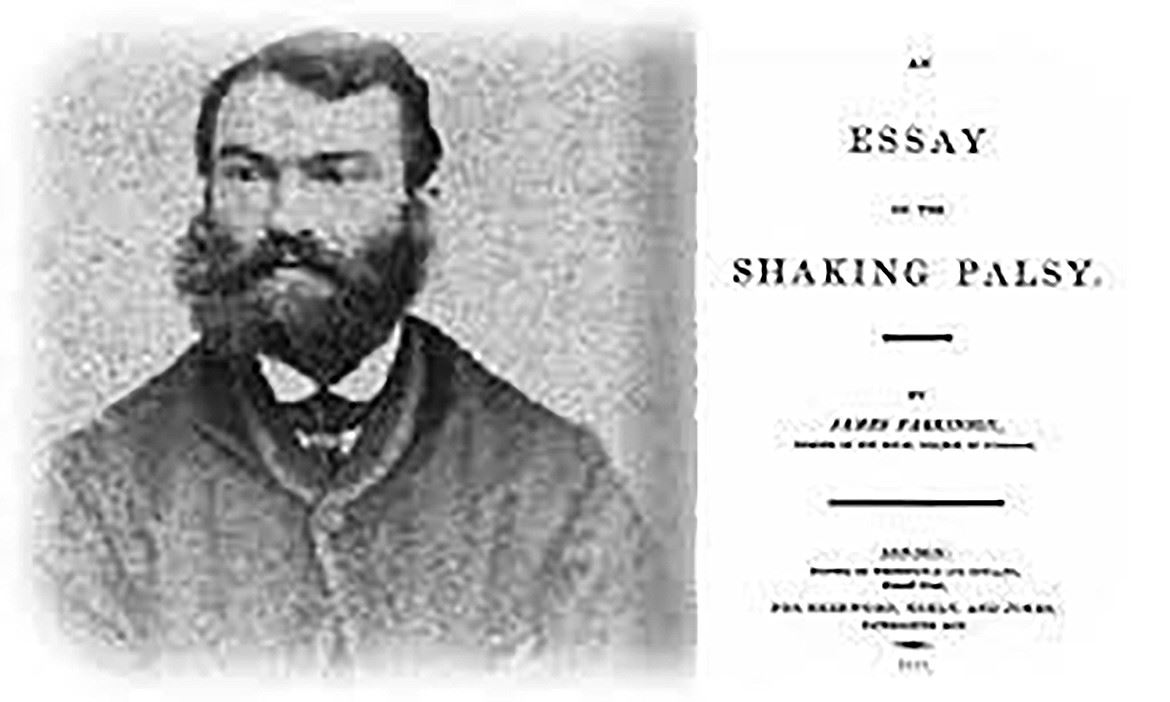Not only is knowledge empowering, but it's also a strong antidote for helplessness. In times of despair, let the reminder of how far we've come in PD research & treatment be the light that guides you back toward hope.
Let’s not beat around the bush: dealing with Parkinson’s can be discouraging. Whether you’re a patient, care partner, family member, or friend, the symptoms can be frustrating and it’s not uncommon to feel like you have no control over the situation. The good news is that there’s a reliable antidote for those feelings of helplessness: empowering yourself through knowledge.
PD research has advanced by leaps and bounds since Parkinson’s-like symptoms were first described in ancient texts — and the whole global community continues to make valuable contributions.
Here’s a timeline of some of the most notable research milestones we’ve reached throughout history:
2,000 BC - 425 BC - Brief descriptions of PD-like symptoms appear across many ancient texts.
169 AD - Galen, an ancient Roman anatomist & experimental physiologist, distinguishes the differences between “resting” and “intentional” tremors in his book “De Tremore, Palpitatione, Convulsione et Rigore.”
1228 - During the Jin-Yuan Dynasty, a Chinese physician named Zihe Zhang recorded a possible case of PD describing symptoms including tremors, stiffness, unexpressive facial features, loss of dexterity & finger movements, depression, a chronic progressive course, and poor response to drugs.
1690 - Clinical symptoms of PD are described in a textbook published by Hungarian physician Ferenc Papai Pariz, more than 120 years before James Parkinson published An Essay on the Shaking Palsy.
1817 - English surgeon James Parkinson publishes An Essay on the Shaking Palsy. This work is widely accepted as the first official identification and description of “paralysis agitans.”
1872 - French neurologist Jean-Martin Charcot renames “paralysis agitans” Parkinson’s Disease, after James Parkinson.
1899 - French physician Édouard Brissaud (who studied under Jean-Martin Charcot) is the first to suggest that PD pathologically originates from a damaged substantia nigra.
This part of the brain controls movement, so when nerve cells in the substantia nigra die or become impaired, they cannot produce dopamine and subsequently cannot facilitate regular, healthy movement.
1912 - German-born American neurologist Frederick Lewy observes aggregated inclusions or abnormal aggregations of protein that develop inside cells affected by Parkinson’s Disease.
1919 - Konstantin Tretiakoff, a Russian neuropathologist, renamed Frederick Lewy’s aggregated inclusions “Lewy bodies,” and determined that these Lewy bodies are located in the substantia nigra in cases of PD.
1960 - Oleh Hornykiewicz, an Austrian biochemist, found that Parkinson’s patients had reduced dopamine levels in the striatum. Dopamine signals in this part of the brain are critical for things like motivation and motor learning.
1961 - French Canadian neurologist André Barbeau finds Levo-dopa (L-Dopa, a direct precursor to dopamine) to be an effective treatment for improving Parkinson’s symptoms.
1967 - Dr. Melvin D. Yahr introduced the Hoehn-Yahr scale for staging PD progression:
1987 - French-Algerian neurosurgeon Alim-Louis Benabid introduced deep brain stimulation (DBS) as a surgical treatment for controlling PD tremors.
1997 - 85 years after the first observation of Lewy bodies, scientists identified over 50 proteins in this aggregated inclusion with α-synuclein being the most important component.
That same year, Michael Polymeropoulos identified the α-synuclein gene (SNCA) as the first causal gene of PD, revealing future opportunities for genetic screening research.
2001 - The first double-blind control trial of a cell-based therapy for PD is conducted.
2003 - German anatomist Heiko Braak proposes a pathological staging of PD in which he hypothesizes sporadic PD is caused by a pathogen entering the body via the nasal cavity, which is subsequently swallowed and reaches the gut, initiating Lewy pathology (LP) in the nose and digestive tract.
2006 - Chinese Dr. Zhuohua Zhang and his colleagues identified a link between the PINK1 and DJ-1 genes, demonstrating the potential for genetic inheritance of YOPD.
2009 - The Parkinson’s Foundation launched the Parkinson’s Outcomes Project; the largest-ever clinical study of the disease with over 13,000 participants across four countries.
2023 - An international coalition of scientists led by The Michael J. Fox Foundation discovered a biomarker for PD — abnormal α-synuclein proteins in brain and body cells. The discovery opens up a world of possibilities for improved treatment, further research, and the potential for newly-diagnosed individuals to never advance to full-blown symptoms.
If you’re still looking for hope after reading through this impressive progression of our PD knowledge over time, just think about the kind of technology available to us today. Think of how far we’ve come in terms of treatment, discovering drugs and interventions that allow those with PD and YOPD to live higher-quality lives. With all of the effort and care that has been poured into research over the years, it’s impossible not to look toward the future with hope.
Sources:
https://www.ncbi.nlm.nih.gov/pmc/articles/PMC5636740/
https://www.parkinson.org/advancing-research/finding-cure/research-milestones
https://www.michaeljfox.org/news/breaking-news-parkinsons-disease-biomarker-found

